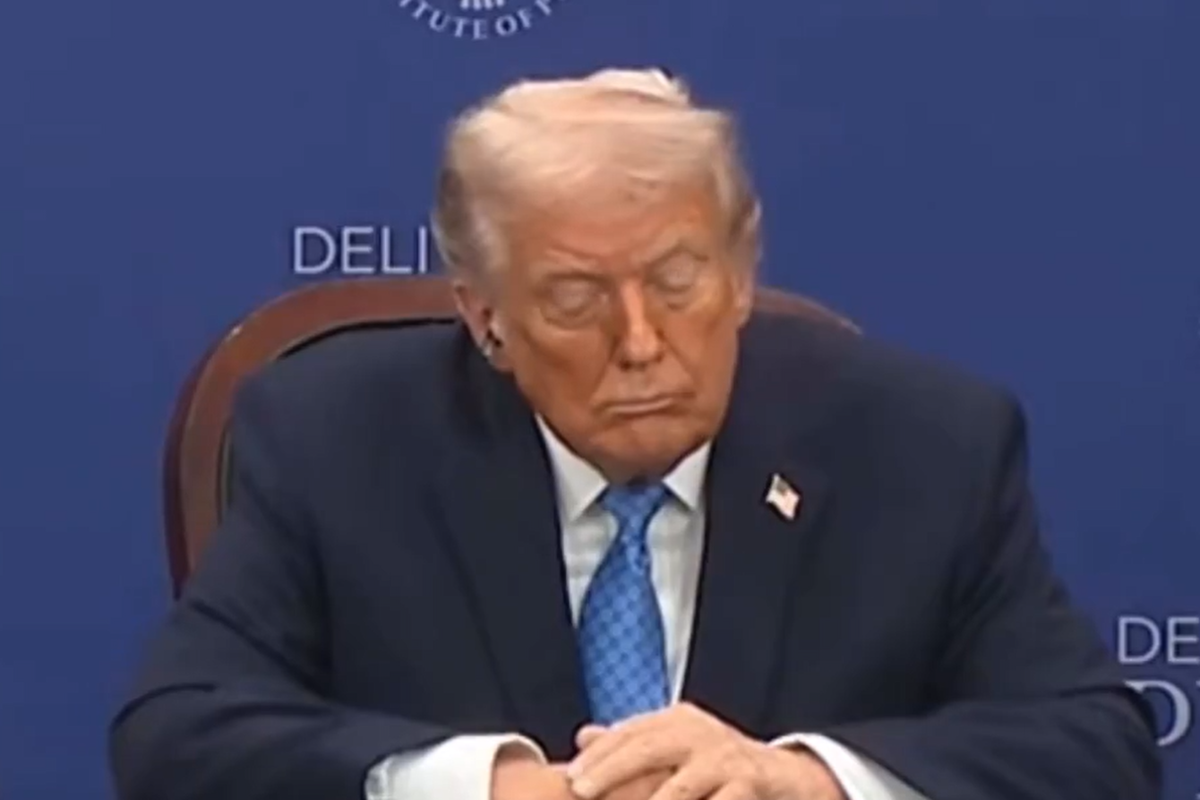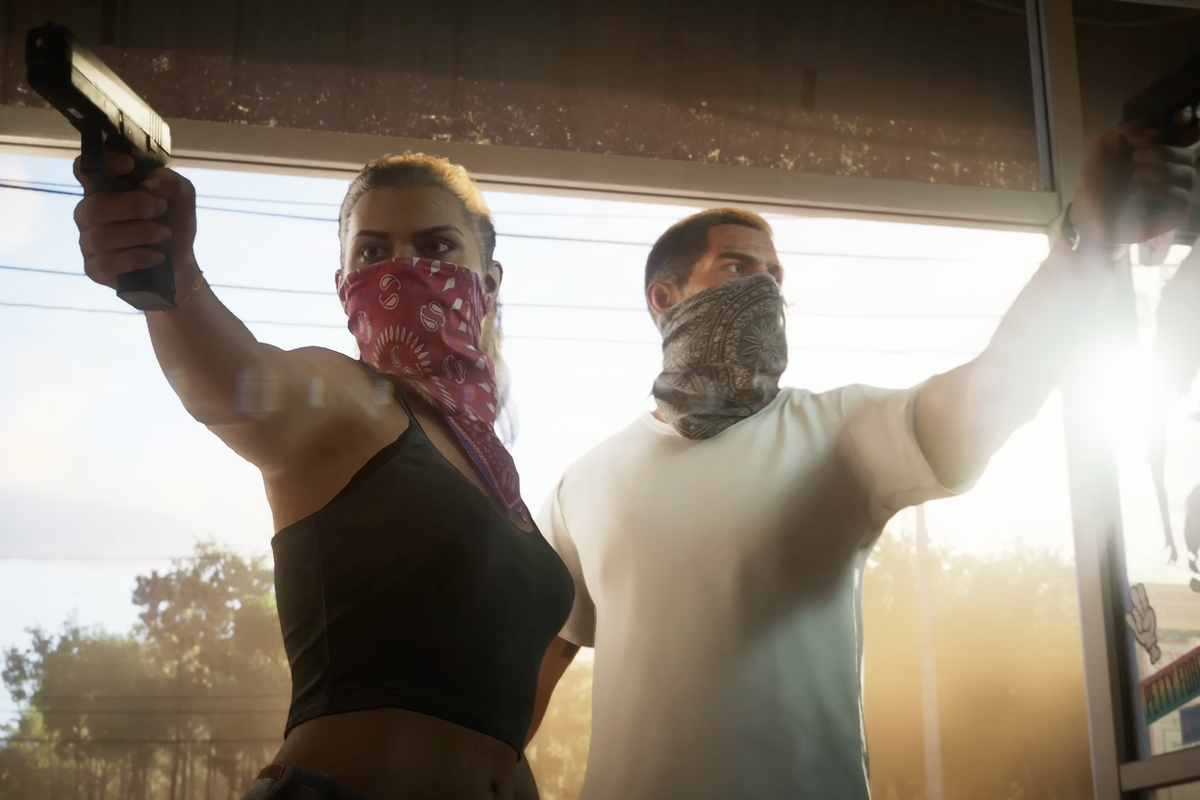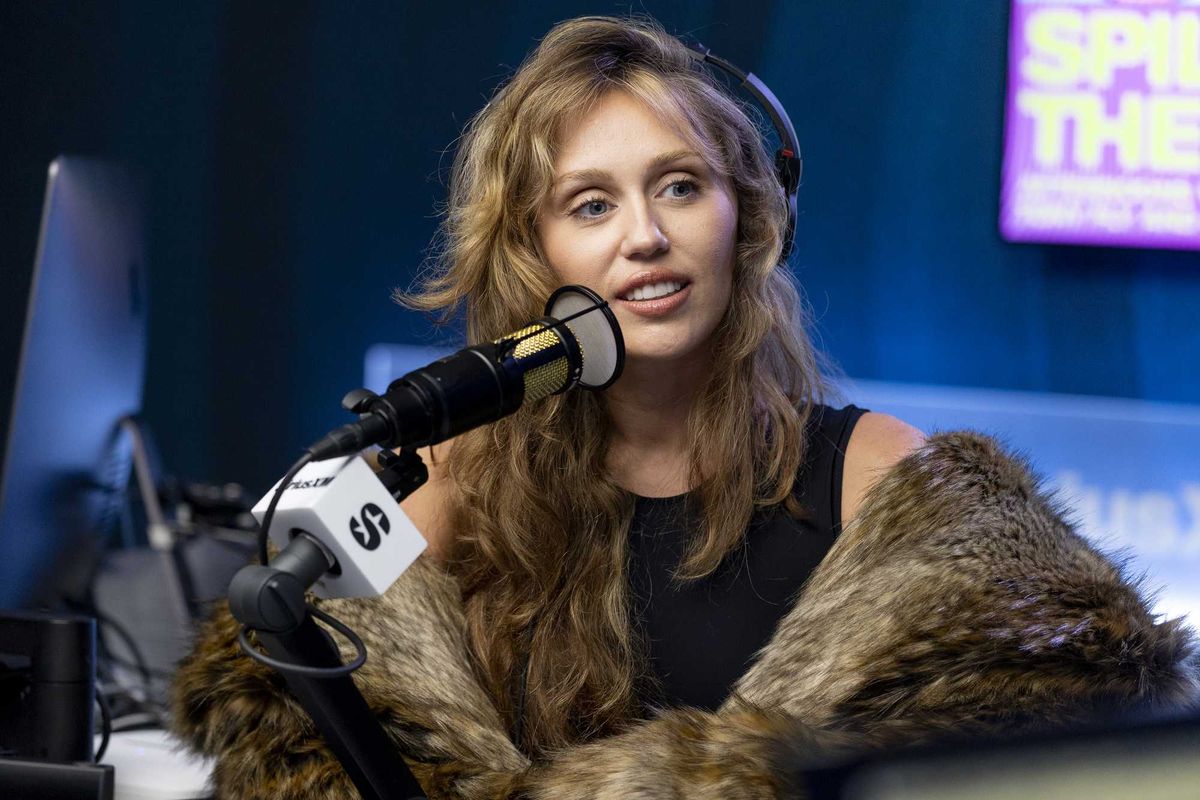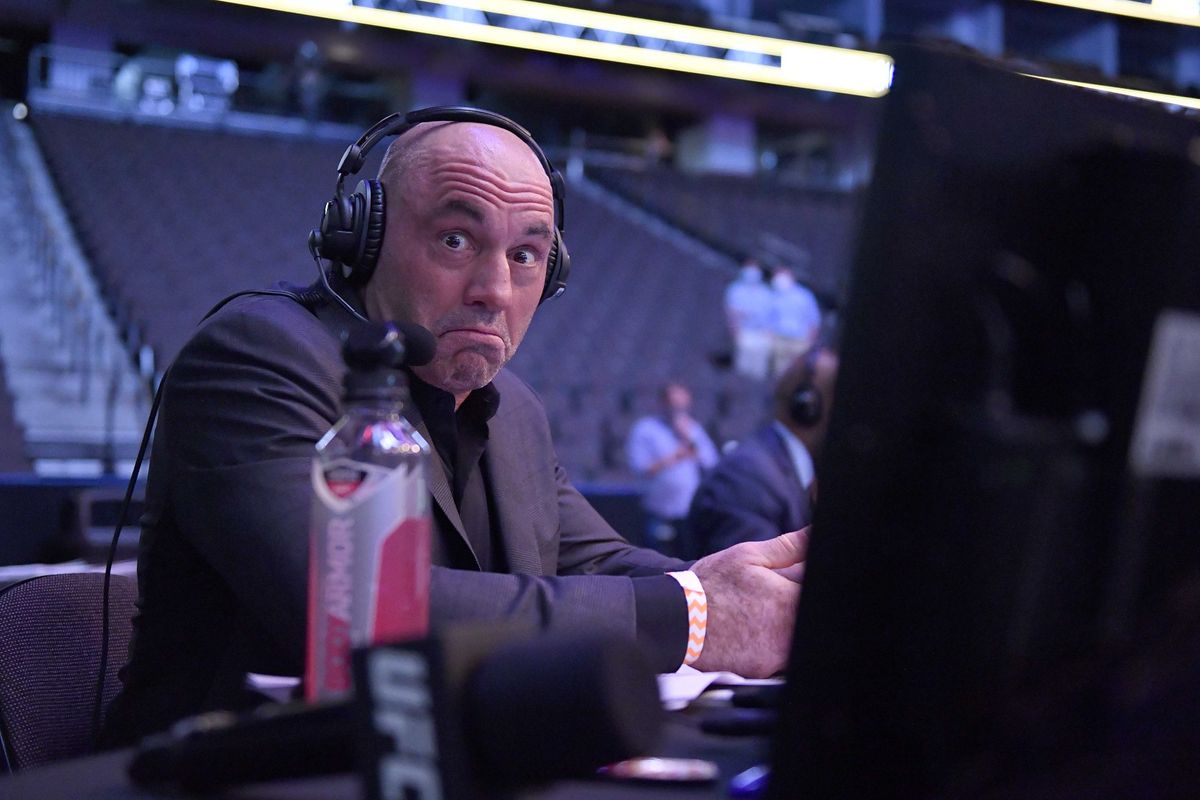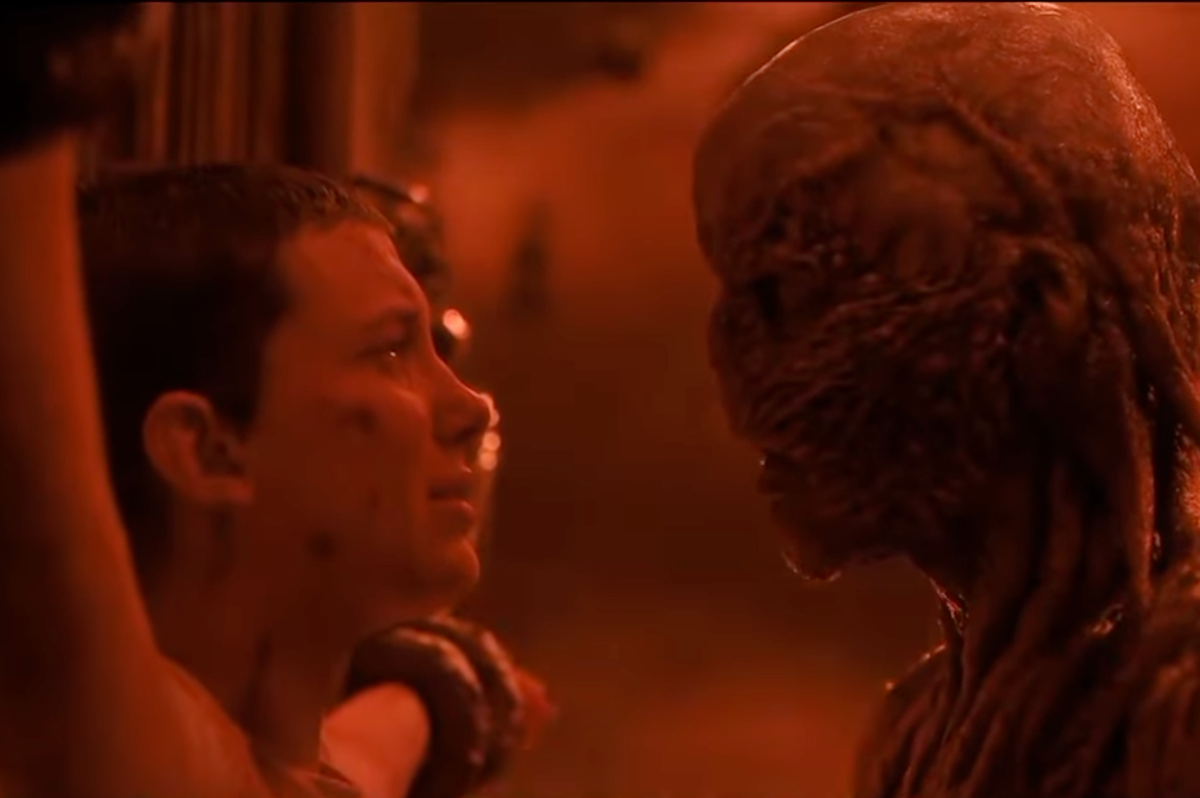Sport
Harry Fletcher
Apr 11, 2024

Michael Steele/Getty Images
I used to roll my eyes at people that called to boycott the Grand National.
It was always the same tired arguments every year, I thought, from people who didn’t appreciate the art of racing. In fact, I was more likely to ride the winner at Aintree myself than ever listen to them.
I’ve been to plenty of race meets, I’ve stood by parade rings and watched as these magnificent animals prepared to do their favourite thing in the world. I’ve been to stables and seen the luxurious conditions elite racehorses are kept in, met some of the passionate people who look after them and appreciate that these animals have the best lives away from the track anyone could ever wish for.
Gathering around the newspaper on the kitchen table the day before the National was always something of a tradition in our house growing up, too, all of us picking out the runners we fancied placing our 50p bets on – going purely on how we liked the look of the silks, long before we ever thought of considering the form.
But the 2023 Grand National was a tipping point which changed my outlook on the sport of racing, and for the first time since I was a child, I won’t be watching it this year.
Last year’s event was one of the most chaotic in living memory and for many people a genuinely horrible watch from start to finish. The race was delayed by 15 minutes due to animal rights activists breaching the perimeter fence. At one stage it looked like it might not be happening at all. Police said they arrested 118 people over the disruption, leading to tense scenes all around.

It put the spotlight on the safety of the race more than ever before, and we got the start that no one wanted when Hill Sixteen suffered fatal injuries after falling at the first fence.
What followed there after was a chaotic mess, with only 17 of the 39 runners completing the 30 fences along the four-mile track. One of the most violent moments came when three loose horses out in front suddenly decided against jumping a fence, with two veering into a plastic rail bordering the track.
The race also followed the deaths of horses Dark Raven and Envoye Special who were put down after falling earlier in the week at Aintree. A total of 62 horses have died at the Aintree festival since 2000, according to the League Against Cruel Sports, including 16 in the Grand National itself.
In the moments immediately after the race, there wasn’t a soul who could have convinced me what had just occurred was justifiable in the name of sport. Horses are bred to race and they love to race, but they are certainly not bred to create spectacles like that.
It made more people than usual voice their criticism, and not just over what they saw on the track – 700 complained to ITV over the alleged bias from commentators over their response to protestors, too.

Something has to change – and while revisions are being made for the 2024 race, animal rights activists don’t believe they go nearly far enough.
The size of the field is being reduced from 40 runners to 34, the first fence is being moved 60 yards closer to the start line to reduce the speed at which horses will jump it, and the 11th fence is being trimmed by two inches. These are all changes that the event organisers Jockey Club claim did not come as a consequence of the protests held last year.
Dene Stansall from Animal Aid said when the alterations were announced last October that the race "still remains cruel despite these changes that are being made for the 2024 race".
He added: "By the sheer volume of horses that have been killed is dangerous because each fence is different. On all other racecourses, all the fences are more or less the same height so horses are used to jumping those to a degree, but when they come to the Grand National these fences are new obstacles that they've never faced before, they vary in size and stature.”
One argument made by people defending the National and racing in general is that horses are by their very nature immensely powerful, but delicate creatures, and they can have life-threatening accidents anywhere and at any time. That’s true, but it’s also far more likely that they’ll suffer injury when racing along a track alongside more than 30 other horses, tackling jumps they have to push themselves to their limits just to make it over.
You could argue that jumps of any kind are an element of horse racing that leaves the door open to barbarity. Especially with so much excellent flat racing available across the UK and the world throughout the year, I’d argue that if you need shoulder-high jumps to make racing exciting as a spectator then you're not much of a fan at all.
As pundits scrambled around to defend the race in 2023, they argued that the horses who make it to the very highest echelons of racing have the best lives imaginable. They do, right until the moment they don’t. No one doubts that they’re exceptionally looked after at home in the stables, but – and this should be obvious – it’s what happens once the horses are put out onto jumps tracks that people are really concerned about.
Regardless of the changes to the race being made this year, the glimmer has gone from racing for me after 2023. I certainly don’t plan to join any animal rights activists who could well be planning to make themselves heard at Aintree again this year, but I won’t be gathering around the kitchen table to select my runners either.
Sign up for our free indy100 weekly newsletter
How to join the indy100's free WhatsApp channel
Have your say in our news democracy. Click the upvote icon at the top of the page to help raise this article through the indy100 rankings
Top 100
The Conversation (0)
